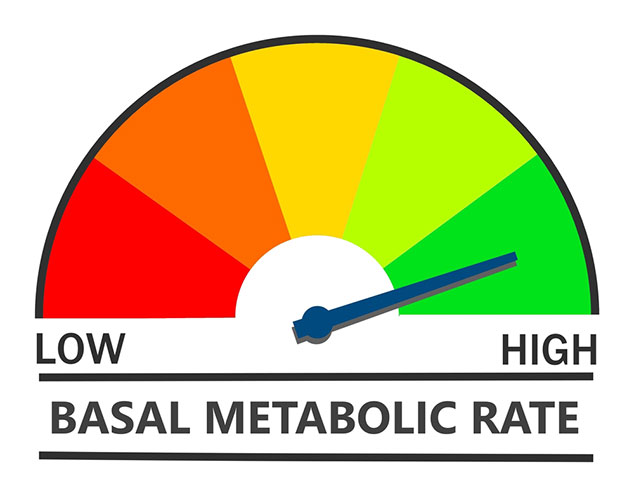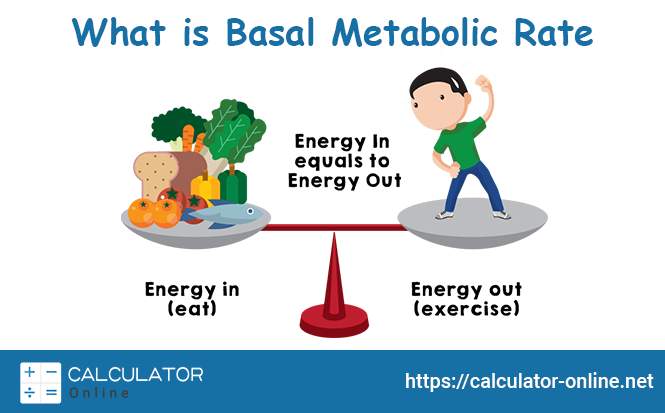

Each algorithm has been tested against these direct BMR measures to check how accurate it is. Utilising a BMR formula is therefore a simple and more convenient way to estimate BMR without this equipment. However, these measures are very expensive and impractical for most people The best way to directly and accurately measure BMR involves using highly specialized lab equipment that measures heat changes from the body, which tells you how much energy it is using. For example, recent evidence has suggested that people’s metabolic rate peaks during infancy and remains surprisingly stable between the ages of 20 to 60, where it starts to decline. However, metabolic processes are very complex and the scientific community is still learning what factors influence the differences Scientists also believe that other factors can influence BMR, such as body composition. People will have a different BMR due to their genetics. Known as Non-resting Energy Expenditure (NREE) and includes exercise activity thermogenesis (EAT), non-exercise activity thermogenesis (NEAT), and the thermic effect of food (TEF) Resting Energy Expenditure (REE), which refers to the basal metabolic rate (BMR) and accounts for between 65-75% of your daily energy expenditure. The number of calories that the body expends as a result of physical activity and digesting food.Īn individual’s total daily energy expenditure (TDEE) is comprised of a number of different elements.

BASAL METABOLIC RATE BMR PLUS
Total daily energy expenditure (TDEE) includes BMR plus Your heart still needs to pump your lungs still inflate and deflate your hair grows and yourīMR is one part of your total daily energy expenditure, which refers to all the calories burned in a typical day. Everyone is different, and all bodies need a slightly different amount of calories to get them through the day, even if they are simply lying in bed and watching box-sets back-to-back. Your body requires a certain amount of energy from calories in your food in order to do all the clever body stuff it does behind the scenes, without you even Advertisements What is BMR?īMR is short-hand for 'basal metabolism rate', but it could just as easily mean 'Breathing, Making cells, Resting' because that's what it really refers to. Perhaps somebody could have mentioned this to the royal kitchen, who were providing at least 5000 calories a day for him to shovel down. So Henry's BMR would have been around 2250 at the time he died, which would have covered all his body's energy expending needs during a day of doing absolutely nothing whatsoever. Henry's BMR calculation might look like this:īMR = (4.536 × weight in pounds) + (15.88 × height in inches) - (5 × age) + 5 Standing around 6 foot 1 inches tall, we can estimate his weight at around 300lbs. King Henry VIII's armour reveals that he had a 52 inch waist at the time of his death, aged 55. We like to think we cater for all eventualities. For height calculations, you can use the converter forĬm to feet. If you're in need of a quick conversion, you can use our trusty kilograms, stone and pounds converter.



 0 kommentar(er)
0 kommentar(er)
